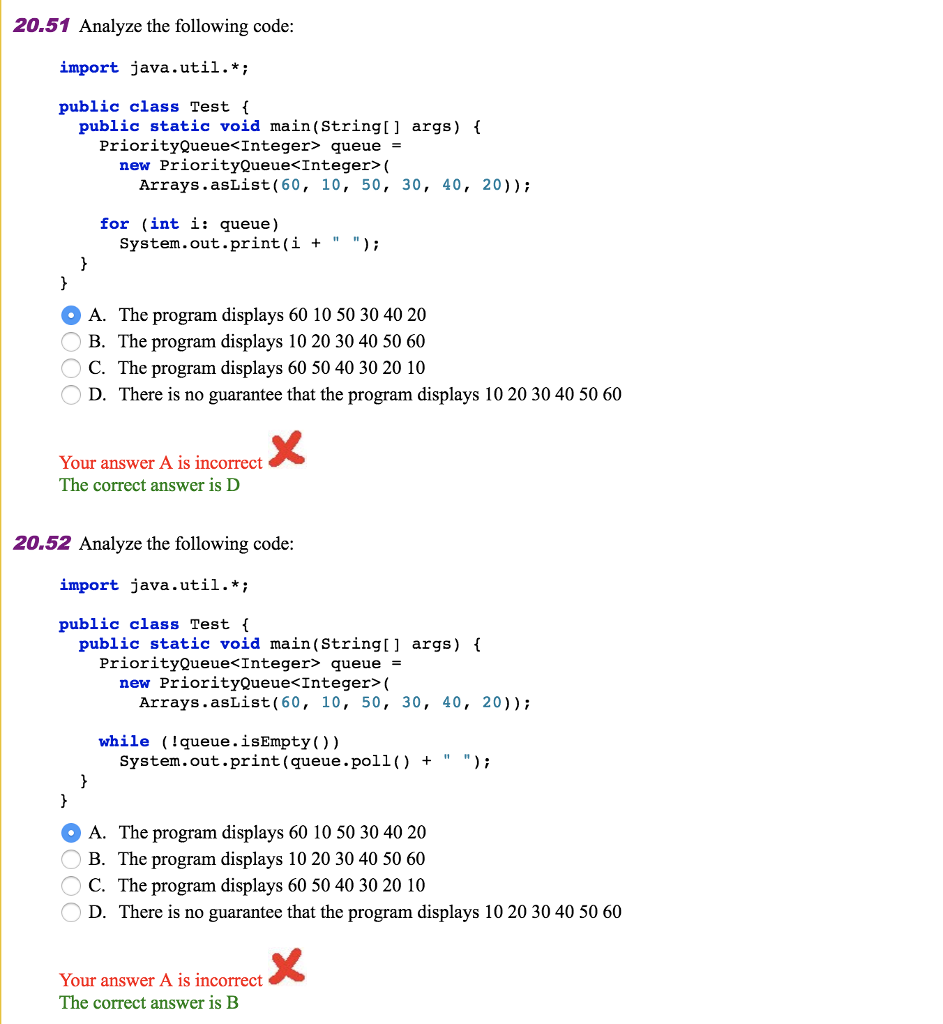

Once you have allocated memory on the heap, you are responsible for using free() to deallocate that memory once you don't need it any more. To allocate memory on the heap, you must use malloc() or calloc(), which are built-in C functions. It is a more free-floating region of memory (and is larger).

The heap is a region of your computer's memory that is not managed automatically for you, and is not as tightly managed by the CPU. stack variables only exist while the function that created them, is running.there is no need to manage the memory yourself, variables are allocated and freed automatically.the stack grows and shrinks as functions push and pop local variables.This is not the case for variables allocated on the heap. after that function has exited).Īnother feature of the stack to keep in mind, is that there is a limit (varies with OS) on the size of variables that can be store on the stack. A common bug in C programming is attempting to access a variable that was created on the stack inside some function, from a place in your program outside of that function (i.e. This is related to a concept we saw earlier known as variable scope, or local vs global variables. Thus stack variables are local in nature. What's more, because the CPU organizes stack memory so efficiently, reading from and writing to stack variables is very fast.Ī key to understanding the stack is the notion that when a function exits, all of its variables are popped off of the stack (and hence lost forever).
#Linked list stack java questions csci free#
You don't have to allocate memory by hand, or free it once you don't need it any more. The advantage of using the stack to store variables, is that memory is managed for you. Once a stack variable is freed, that region of memory becomes available for other stack variables. Then every time a function exits, all of the variables pushed onto the stack by that function, are freed (that is to say, they are deleted). Every time a function declares a new variable, it is "pushed" onto the stack. The stack is a "LIFO" (last in, first out) data structure, that is managed and optimized by the CPU quite closely. What is the stack? It's a special region of your computer's memory that stores temporary variables created by each function (including the main() function).

This is an embedded & amp amp amp amp amp amp amp amp amp amp amp amp amp amp amp amp amp amp amp amp amp amp amp amp amp amp amp amp amp amp lt a target='_blank' href=''& amp amp amp amp amp amp amp amp amp amp amp amp amp amp amp amp amp amp amp amp amp amp amp amp amp amp amp amp amp amp gt Microsoft Office& amp amp amp amp amp amp amp amp amp amp amp amp amp amp amp amp amp amp amp amp amp amp amp amp amp amp amp amp amp amp lt /a& amp amp amp amp amp amp amp amp amp amp amp amp amp amp amp amp amp amp amp amp amp amp amp amp amp amp amp amp amp amp gt presentation, powered by & amp amp amp amp amp amp amp amp amp amp amp amp amp amp amp amp amp amp amp amp amp amp amp amp amp amp amp amp amp amp lt a target='_blank' href=''& amp amp amp amp amp amp amp amp amp amp amp amp amp amp amp amp amp amp amp amp amp amp amp amp amp amp amp amp amp amp gt Office Online& amp amp amp amp amp amp amp amp amp amp amp amp amp amp amp amp amp amp amp amp amp amp amp amp amp amp amp amp amp amp lt /a& amp amp amp amp amp amp amp amp amp amp amp amp amp amp amp amp amp amp amp amp amp amp amp amp amp amp amp amp amp amp gt.



 0 kommentar(er)
0 kommentar(er)
